Six works by Fontana unseen for 50 years at Bonhams Single-Owner sale in London
Photo: Bonhams.
LONDON.- Six works by Lucio Fontana (1899-1968), unseen by the public for the past 50 years, are to be offered at auction for the very first time. The works form part of a sale 20th Century Masters : A Private Collection – Kandinsky and Fontana to Baselitz, which comes to Bonhams New Bond Street on Thursday 29 June 2023. The collection will also be on view in Paris on Friday 5th, Wednesday 10th, and Thursday 11th May.
Leading the sale will be Concetto spaziale, Attese, 1959, an extremely rare early work by the artist featuring 14 cuts on a shaped white background. The work has an estimate of £1,600,000 - 2, 200,000. The sale will also feature Concetto spaziale, Attese, 1960, which features two large cuts on red – a style that is amongst the most recognisable and sought-after in Fontana’s oeuvre – which has an estimate of £1,300,000-1,800,000.
Lot 3. Lucio Fontana (1899-1968), Concetto spaziale, Attese, 1966, waterpaint on canvas, 53.8 by 65 cm; signed, titled and inscribed che profumo di primavera!! on the reverse. Estimate: £500,000-700,000. Sold for £825,900 inc. premium. Photo: Bonhams.
Provenance: Madeleine Everaert Collection, Brussels
Galleria d'Arte Sianesi, Milan
Acquired from the above by the previous owner
Gift from the above to the present owner.
Literature: Enrico Crispolti, Lucio Fontana Catalogue raisonné des peintures, sculptures et environnements spatiaux, vol. II, Brussels 1974, p. 184, no. 66 T 64, illustrated in black and white
Enrico Crispolti, Lucio Fontana Catalogo Generale, vol. I, Milan 1986, p. 641, no. 66 T 64, illustrated in black and white
Enrico Crispolti, Lucio Fontana, Catalogo ragionato di sculture, dipinti, ambientazioni, Tomo II, Milan 2006, p. 837, no. 66 T 64, illustrated in black and white.
Lot 2. Lucio Fontana (1899-1968), Concetto spaziale, Attese, 1960. Waterpaint on canvas, 91.2 by 64.5 cm, signed, partially titled and inscribed 1+1-3A3A on the reverse. Estimate: £1,300,000-1,800,000. Sold for £1,742,400 inc. premium. Photo: Bonhams
Provenance: Camuffo Collection, Venice
Blondel Collection, Milan
Orsatti and Antonini Collection, Verona
Galleria d'Arte Sianesi, Milan
Acquired from the above by the previous owner
Gift from the above to the present owner.
Literature: Enrico Crispolti, Lucio Fontana, Catalogue raisonné des peintures, sculptures et environnements spatiaux, vol. II, Brussels 1974, p. 95, no. 60 T 44, illustrated in black and white
Enrico Crispolti, Fontana. Catalogo Generale, vol. I, Milan 1986, p. 320, no. 60 T 44, illustrated in black and white
Enrico Crispolti, Lucio Fontana, Catalogo ragionato di sculture, dipinti, ambientazioni, Tomo I, Milan 2006, p. 490, no. 60 T 44, illustrated in black and white.
Giacomo Balsamo, Bonhams International Director of Post-War & Contemporary Art, commented: “It is a privilege to find and offer a group of six outstanding works by Lucio Fontana, all from the same private collection, and comprising works produced in three different media – canvas, paper, and porcelain. These works have been assembled by a refined collector with a very discerning eye, and we are sure they will cause a lot of excitement when they come to auction at Bonhams this June.”
Ralph Taylor, Bonhams Global Head of Post-War and Contemporary Art, added: “These exceptional works by the great Fontana have not been seen publicly in 50 years, and we are delighted to be able to offer them for the first time at auction. Amongst the pieces are four stunning examples of Fontana’s ‘Tagli’ (cuts), which offer a unique insight into this series.”
The other Fontana works in the sale are:
Lot 6. Lucio Fontana (1899-1968), • Concetto spaziale, Attese, 1960, waterpaint on canvas, 100 by 80 cm; stamped with the artist's thumbprint on the lower right. Estimate: £450,000-650,000. Sold for £635,400 inc. premium. Photo: Bonhams.
Provenance: Marlborough Galleria d'Arte, Rome (R.1735)
Maglietta Collection, Rome
Galleria d'Arte Sianesi, Milan (280/4; 7795)
Acquired directly from the above by the previous owner
Thence by descent to the present owner.
Literature: Mario Fin, 'Lucio Fontana, un santo che dà rasoiate nelle tele' in Via!, p. 7, no. 8, a. XIV, 1960, illustrated
Enrico Crispolti, Lucio Fontana Catalogue raisonné des peintures, sculptures et environnements spatiaux, vol. II, Brussels 1974, p. 95, no. 60 T 53, illustrated in black and white
Enrico Crispolti, Lucio Fontana Catalogo Generale, vol. I, Milan 1986, p. 322, no. 60 T 53, illustrated in black and white
Enrico Crispolti, Lucio Fontana, Catalogo ragionato di sculture, dipinti, ambientazioni, Tomo I, Milan 2006, p. 492, no. 60 T 53, illustrated in black and white.
Lot 1. Lucio Fontana (1899-1968), Concetto spaziale, 1951, watercolour on paper, 50 by 70 cm; signed and dated 51 on the lower right. Estimate: £30,000-50,000. Sold for £57,550 inc. premium. Photo Bonhams.
Provenance: Galleria Visualità, Milan (310/1)
Studio Bellini, Milan
Acquired from the above by the previous owner
Gift from the above to the present owner.
Literature: Luca Massimo Barbero, Lucio Fontana, Catalogo ragionato delle opere su carta, vol. II, Milan 2013, p. 569, no. 51 DSP 36, illustrated in black and white
Lot 4. Lucio Fontana (1899-1968), Concetto Spaziale, Cratere, 1968, painted gold porcelain, 38 by 28 by 5 cm, Sold for £71,520 inc. premium. Estimate: £18,000-25,000. Sold for £71,520 inc. premium. Photo Bonhams.
Provenance: Galleria d'Arte Marlborough, Rome
Acquired from the above by the previous owner
Gift from the above to the present owner.
Literature: Harry Ruhé, Camillo Rigo (Eds.), Lucio Fontana graphics, multiples and more..., Amsterdam 2006, p. 144, no. C-2, another example illustrated in colour.
The present collection of six inimitable masterworks beautifully demonstrates the artistic genius of Lucio Fontana and his unchallenged position as one of the most influential creative minds of the 20th century. Amongst the most important single owner collections of works by the artist to be offered at auction in decades, the present works have not been seen by the public in half a century. Unifying all six works are properties of the Spazialismo movement, pioneered by Fontana in 1947, where he searched to create a new dimension by representing an astrophysical void. The vicennial long range included in this collection - spanning works from as early as 1951 to 1968 - demonstrates a clear continuous process of his technique and increasing interest in the conceptual logic behind his practices. In his seminal 1946 Manifiesto blanco, Fontana wrote "the discovery of new physical forces and the control of matter and space will gradually impose new conditions that have not been previously known to man in the entirety of the course of history. The application of these discoveries to all the modalities of life will produce a modification in the nature of man. Man will take on a new psychic structure" (the artist in: Guido Ballo, L. Fontana: Idea per un ritratto, New York 1971, p. 186). His writings are inextricably linked to the works seen in the present collection, aiming to create new contemporary art which remained in touch with the astrophysical scientific developments of the time.
Fontana's gestural slashes on the flat picture plane revolutionised the distinction between destruction and creation, giving the "spectator an impression of spatial calm, of cosmic rigor, of serenity in infinity" (the artist in: Enrico Crispolti, Lucio Fontana, Catalogo Ragionato di Sculture, Dipinti, Ambientazioni, Vol. I, Milan 2006, p. 105). The seemingly random and spontaneous, but actually highly precise cuts on the canvas portray the cosmos of an unknown dimension, setting his creations free from the universally accepted limitations of the flat surface. Concetto Spaziale, Attese from 1960, the striking red canvas in the present collection, is amongst the most recognisable and sought after works by Lucio Fontana, due to the rich, striking red hue, which augments the darkness coming through two perfectly balanced slashes. Works of the same seductive, bold monochrome red hue are amongst the most iconic by the artist and continue to achieve record prices at auction.
Born in Argentina in 1899, then moving to Italy in 1905, Fontana lived through some of the most unstable years of the 20th century. That, alongside his initial training as a sculptor is clearly recognised in works from the Tagli series as he rejected the confinement of physical materials and the physical space of a canvas. The artist's clever balance of impulse and manipulation, seen through his vertical slashes, gives the viewer a sense of a dramatic, yet confident search for a self-created dimension, intended to be found within the canvas itself. The artist's Tagli series, superbly represented in this collection, is considered by many as his most diverse and gripping group of works. The intricate compositions and layers of symbolism found in these pieces are a true testament to the depth and sophistication with which the artist approaches the concept.
Concetto spaziale, Attese from 1959 is one of the earliest works in the collection and an extremely rare example due to the unusually shaped canvas and high number of unmistakably elegant slashes – fourteen of them – incised in three separate layers. Implicitly associated with Fontana's theories on the form of the universe and purposely unsettling, the shaped canvas opens our eyes to the freedoms of abstraction and is independent to traditional associations of painting. Similarly, with an unusual feature, equally rare to the market, Concetto spaziale, Attese from 1960, the soft pink canvas, carries a rare feature, the artist's fingerprint, on the bottom righthand side. With three similarly sized incisions, this work opens an abstract dimension found within the canvas, whilst carrying a touch – literally – of reality. The beautiful pink sanguine hue radiates elegance and serenity.
Clear influences of Europe in the aftermath of two devastating world wars, alongside the Space Race of the 1950s and 1960s can be seen in Fontana's ideology which has a firm focus on space and abstract dimensions. Fontana's Concetto spaziale from 1951, the only work on paper in the collection, wonderfully demonstrates the initial findings of the artist's Spazialismo ideology as he establishes the idea of depth simply with colour rather than by physically breaking through the surface. Similarly, the diagonal 'slashes' of colour attest a strong relationship to works of the Tagli series, underscored by the colours used. The void is cleverly represented through the dark spots on the paper, allowing the viewer to feel true, remarkable depth. The work gains its strikingness not only by being the only polychromatic work in the collection, but through its clear inspiration by Fontana's buchi series – the radical penetration of the canvas, which he began just two years prior to the execution of the present work.
Ugo Mulas, Italian photographer and friend of Fontana recalls the artist's explanation of his process: "sometimes I leave the canvas hinging there for weeks before being sure what I'm going to do with it and only when I feel sure, do I start" (Ugo Mulas in Germano Celant, Lucio Fontana, Ambienti Spaziali: Architecture Art Environments, Milan 2012, p. 318). Concetto Spaziale, Attese, clearly demonstrate the artist's curated thought process behind his compositions, giving us a possible insight to the title 'Attese', meaning 'the wait'. The grey Concetto Spaziale, Attese from 1966 manages to evoke the same intensity through the minimalist feel of the cool tone alongside five slashes on the canvas. The outer, almost vertical slashes create a sense of unity to the three diagonal central ones, demonstrating Fontana's undeniable skill and the artist's increased control in this later work of the series.
Cratere from 1968 employs an entirely different artistic approach, to Fontana's ground-breaking conceptual idea of the modernist period. A work which goes beyond the use of the canvas, Cratere demonstrates 'the pain of man in space', through the highly expressed contrast of the shimmering gold versus the darkness of the hole (Lucio Fontana in: E. Crispoltu (ed.), Lucio Fontana, exh. Rome 1998, p. 244). A beautifully composed work, with calming tones yet strong underlaying significances, this work treats the unknown space as an object in itself, allowing the viewer to gaze into the dark yet sensual void.
Assembled with a very discerning eye, this collection attests to Fontana's hugely important and influential position as one of the Twentieth Century's most revolutionary artists. With works held in museum collections around the world, including the Tate collection in London, the Guggenheim Museum in New York, and the Galleria Nazionale d'Arte Moderna e Contemporanea in Rome, it is a privilege to offer such a broad collection of works in their auction debut. Containing a rarely seen before combination of colour, texture, depth, philosophy and scientific precision, this collection is an abstract investigation to the boundaries of modern art, done so with compositional superiority. These unmissable works mark a defined path in which the exploration of infinite space and void are deeply celebrated.

/https%3A%2F%2Fprofilepics.canalblog.com%2Fprofilepics%2F1%2F0%2F100183.jpg)
/https%3A%2F%2Fstorage.canalblog.com%2F03%2F02%2F119589%2F96711876_o.jpg)
/https%3A%2F%2Fstorage.canalblog.com%2F11%2F31%2F119589%2F94773502_o.jpg)
/https%3A%2F%2Fstorage.canalblog.com%2F20%2F83%2F119589%2F94772815_o.jpg)
/https%3A%2F%2Fstorage.canalblog.com%2F26%2F72%2F119589%2F75604929_o.jpg)
/https%3A%2F%2Fstorage.canalblog.com%2F59%2F60%2F119589%2F26458628_o.jpg)
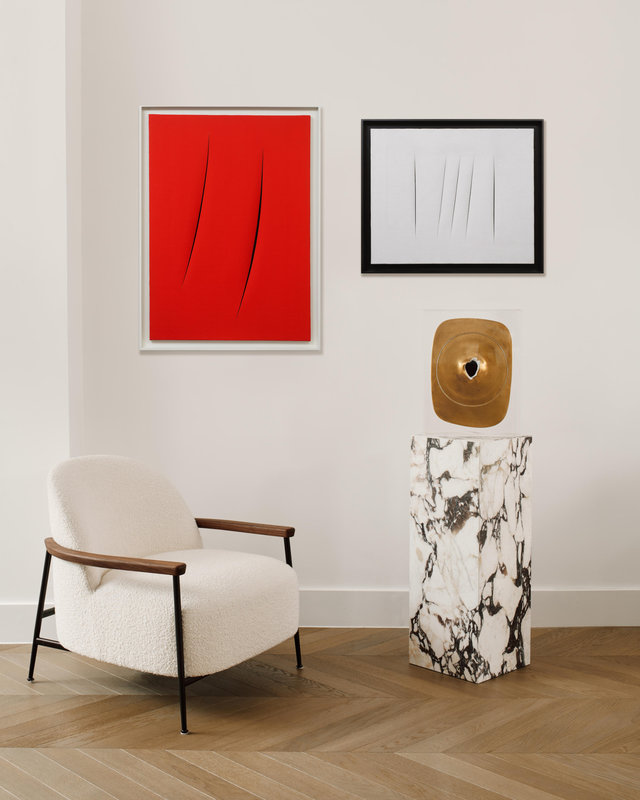
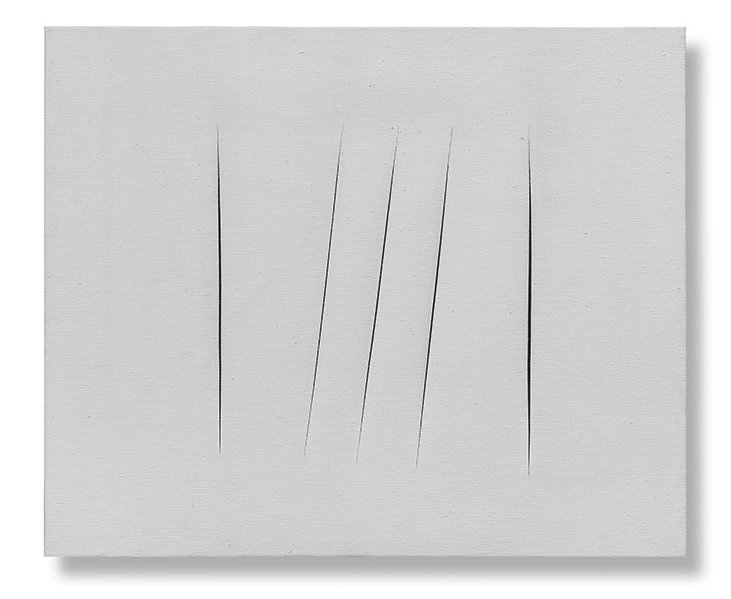
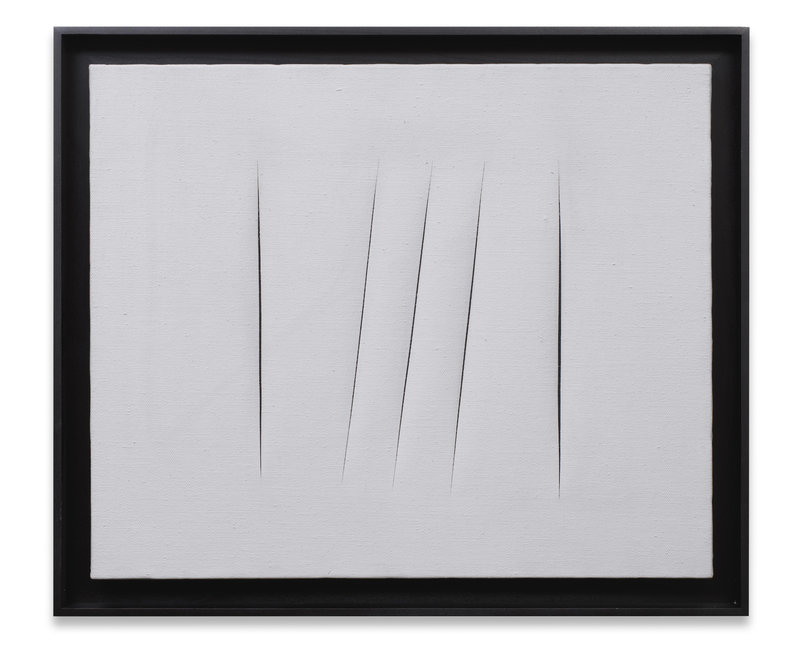
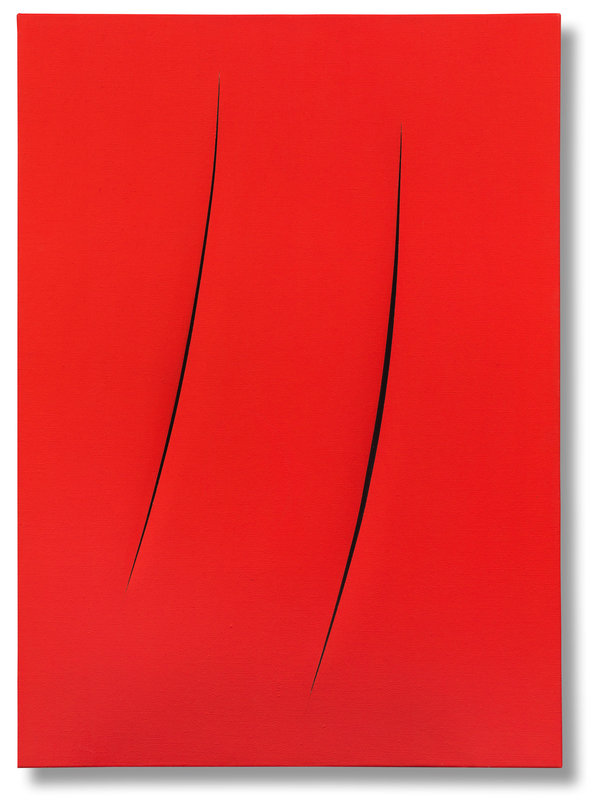



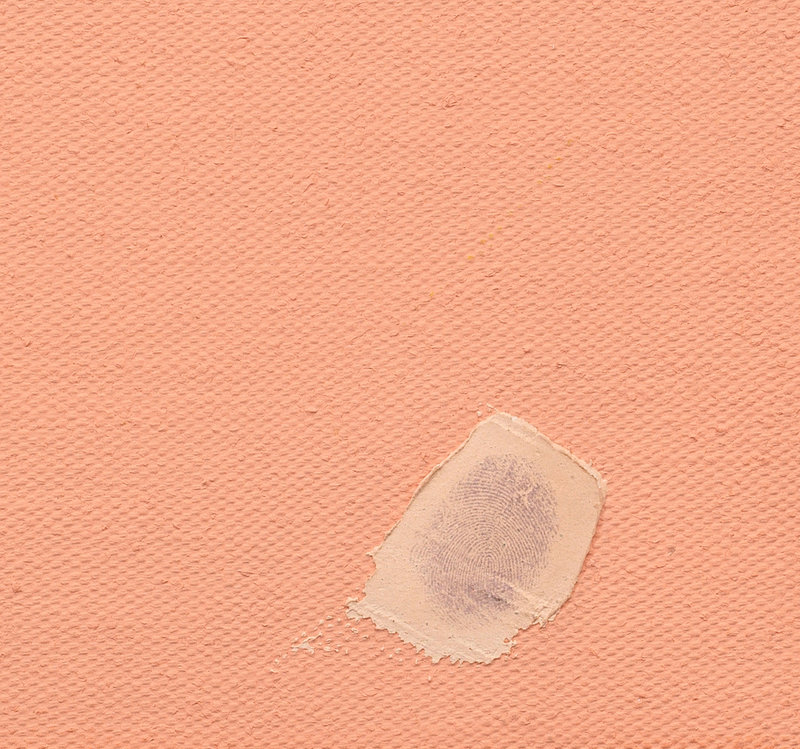
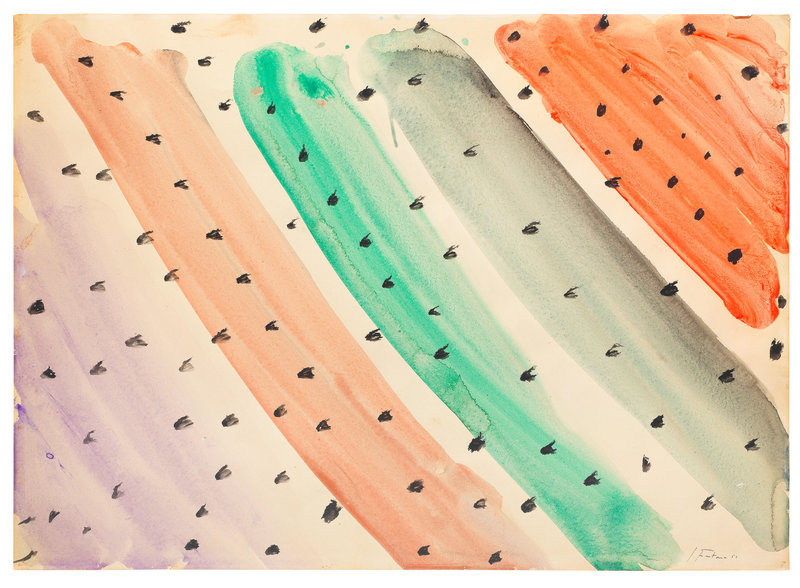
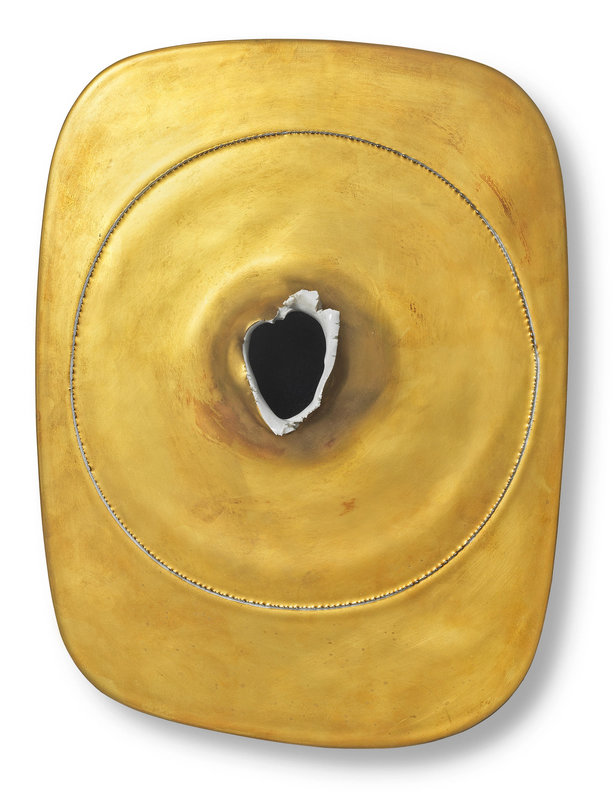


/image%2F1371349%2F20240313%2Fob_3da818_431115881-1632814154155264-57534444325.jpg)
/image%2F1371349%2F20240312%2Fob_cc9c83_f2.jpg)
/image%2F1371349%2F20240311%2Fob_2edda2_fontana.jpg)
/http%3A%2F%2Fstorage.canalblog.com%2F86%2F67%2F119589%2F129815803_o.png)